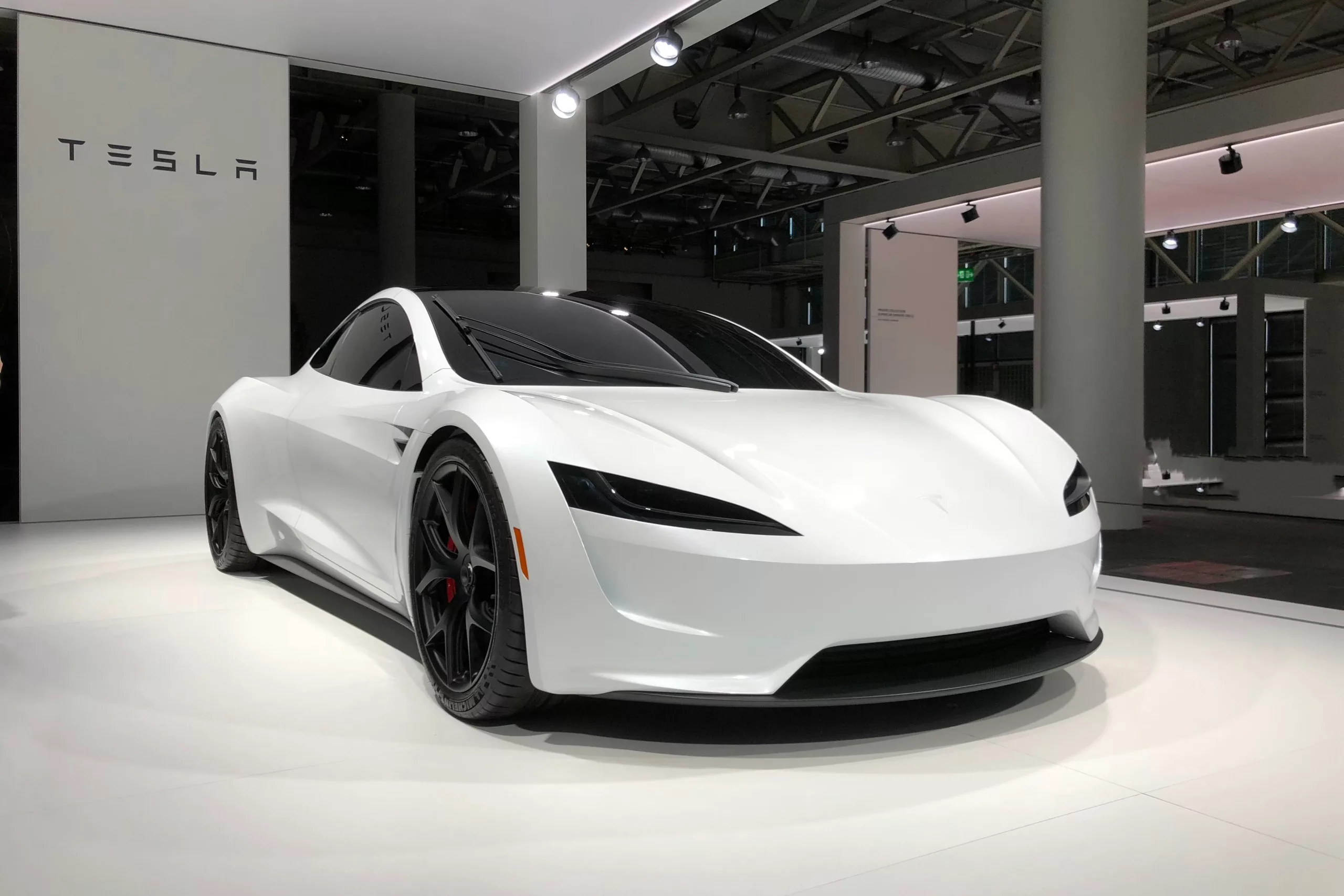Tesla‘s journey lately has been less than stellar, grappling with decreased demand and a stock value in a tailspin, as Elon Musk faces his own set of challenges. Amidst Tesla’s challenges, General Motors (GM) is stealing some spotlight with intriguing advancements in electric vehicle (EV) technology. GM’s introduction of the vehicle-to-home (V2H) bi-directional charging feature, as detailed by my colleague Tina Casey, is poised to overhaul how we perceive the utility of EVs in our daily lives.
The Capacity of GM’s Electric Vehicles for V2H Technology
While GM is setting 2026 as the year when V2H will be a standard feature in most of its EVs, a lineup of models including GMC Sierra EV Denali, Chevy Equinox and Blazer EVs, and Cadillac Lyriq are queued up for future updates to support this power-sharing feature. These updates may range from over-the-air software tweaks to manual interventions at dealerships.
How V2H Could Reinvigorate EV Interest
With electric cars struggling to maintain momentum, possibly due to perceptions fueled by fossil fuel industry criticisms, V2H technology promises to reignite excitement. This innovative approach may hold limited appeal to apartment or condo residents, but for individuals owning single-family homes, it’s a potential game-changer in energy resilience.
Understanding V2H and Home Energy Options
Homeowners looking to safeguard against power outages commonly consider installing backup generators or adding residential storage batteries. Generators offer extended power supply, but are contingent on fuel availability, which is itself reliant on functioning gas pumps during outages. Residential batteries, typically ranging from 7 to 10 kWh, handle lower-power devices well, but falter with energy-intensive appliances. Enter GM’s Silverado EV, equipped with a 200 kWh battery, which can power a home for weeks on end. GM boasts that this truck’s battery could single-handedly sustain a household for up to 21 days.
GM’s Strategy to Enhance EV Experience
GM articulates its commitment to enhancing the EV ownership experience by proposing new ways for customers to extract more value from their electric future. The company has established GM Energy as a division dedicated to rolling out home storage solutions that will support V2H for homeowners and small businesses. The objective revolves around offering protection against weather-induced outages and integrating with emerging clean energy solutions for heightened energy independence.
The GM Energy suite of products will be available in various bundles, designed to cater to diverse energy requirements, budgets, and preferences. GM will connect customers with its preferred installer, Qmerit, streamlining the process of permit acquisition and utility coordination for an end-to-end customer experience.
GM has announced plans for a V2H bundle that includes the necessary equipment to facilitate energy transfer from a compatible EV to a home equipped for such technology. With tax credits and incentives potentially reducing costs, GM emphasizes how these products simplify energy management and offer long-term cost savings, despite an initial investment cost compared to traditional backup solutions.
The Role of Tesla in Home Energy Storage and V2H
While Tesla pioneered the Powerwall residential storage battery, the company has been reticent to dive into V2H or vehicle-to-grid (V2G) technologies, likely due to concerns about battery degradation through frequent charging cycles. The evolving V2H and V2G domains show potential for propelling the EV movement forward, even though Tesla remains on the sidelines with no definitive plans to join the V2H trend.
With established uptake in Europe and emerging footprints in North America from brands like Ford, Hyundai, Kia, and Nissan, V2H is paving the way to V2G solutions. These could transform numerous EVs into dynamic grid components, absorbing and supplying power in sync with electrical demand and pricing fluctuations.
As the automotive world progressively embraces the multifaceted utility of EVs beyond mere transportation, traditional energy providers may resist. Nevertheless, the lure of reduced utility bills and enhanced self-sufficiency ensures that V2H technology will have far-reaching appeal, especially as GM throws its weight behind the movement. This technology is not only likely to become a norm but may also seem elementary in the energy landscapes that future generations will navigate.
